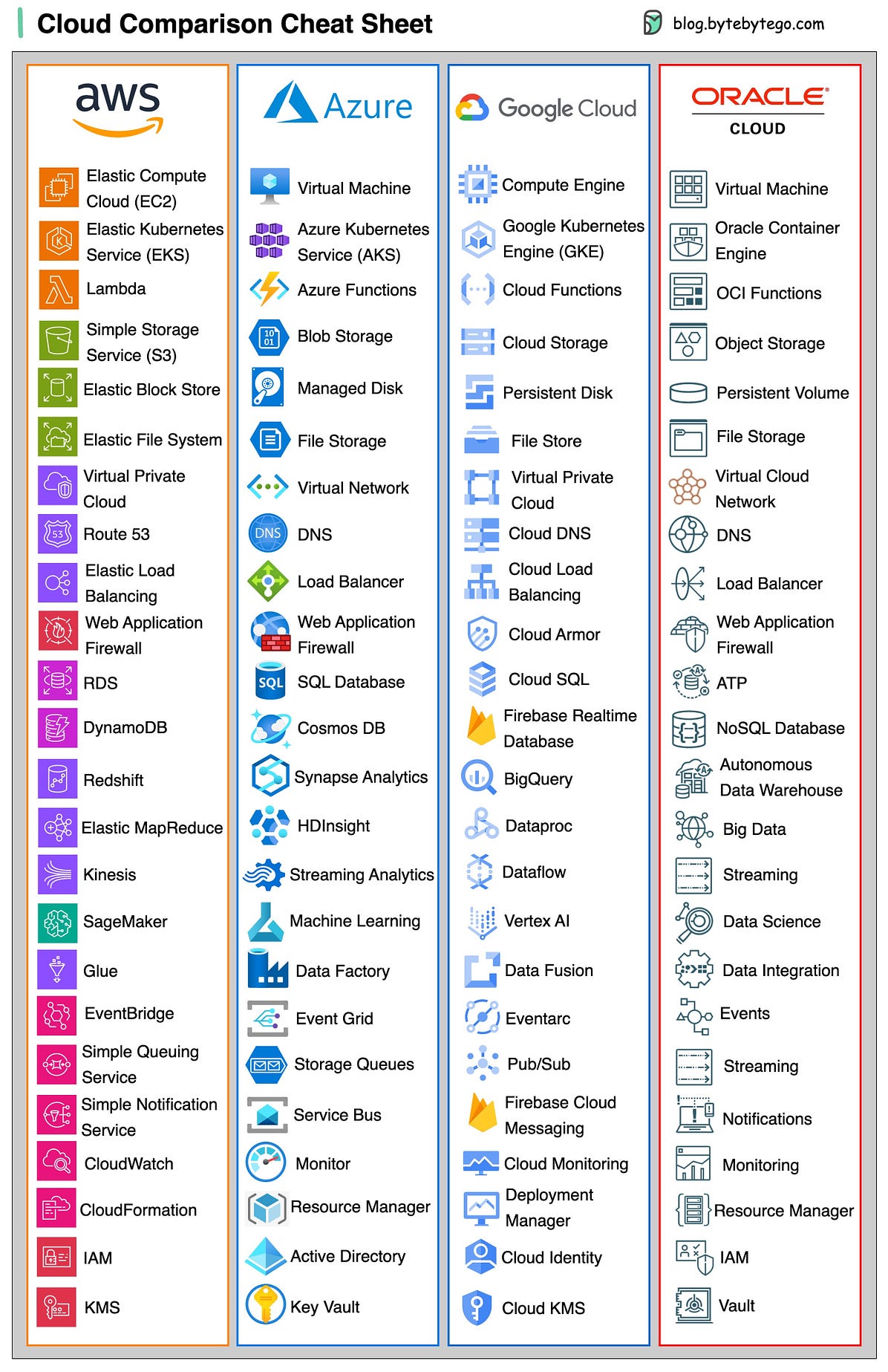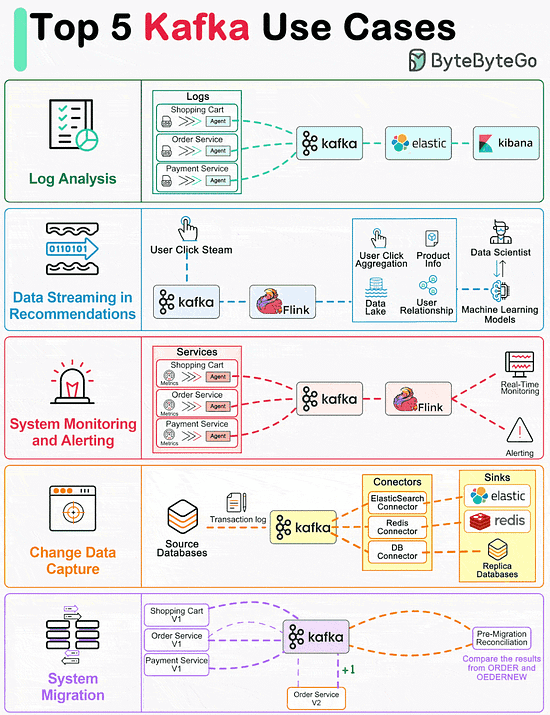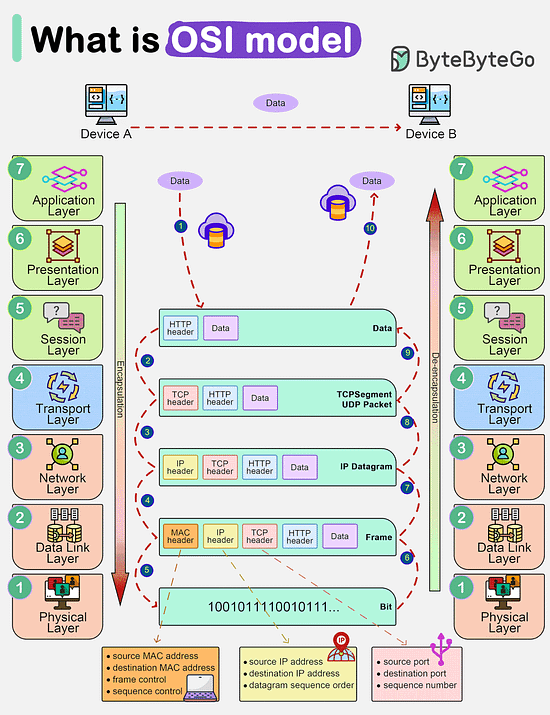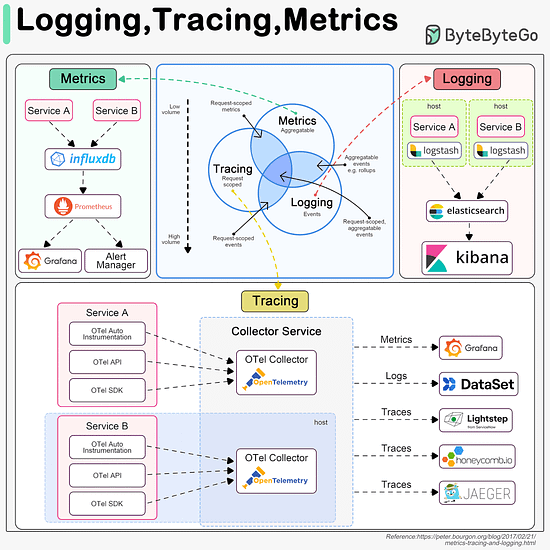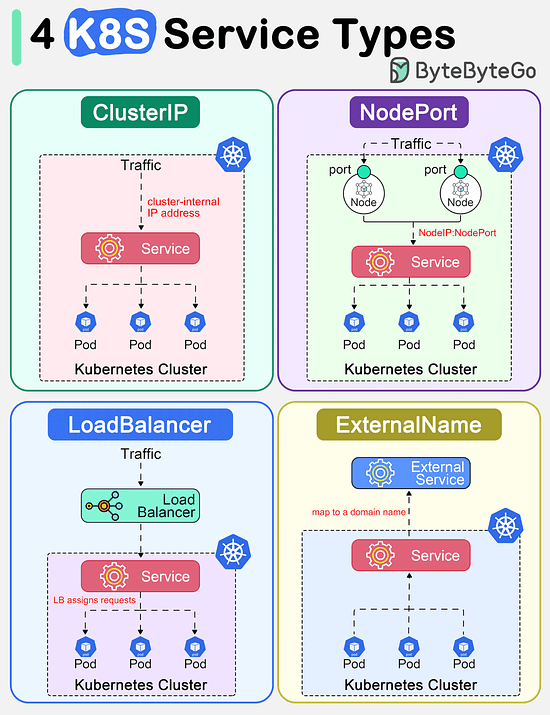- Mailing Lists
- in
- EP92: Top 5 Kafka use cases
Archives
- By thread 5364
-
By date
- June 2021 10
- July 2021 6
- August 2021 20
- September 2021 21
- October 2021 48
- November 2021 40
- December 2021 23
- January 2022 46
- February 2022 80
- March 2022 109
- April 2022 100
- May 2022 97
- June 2022 105
- July 2022 82
- August 2022 95
- September 2022 103
- October 2022 117
- November 2022 115
- December 2022 102
- January 2023 88
- February 2023 90
- March 2023 116
- April 2023 97
- May 2023 159
- June 2023 145
- July 2023 120
- August 2023 90
- September 2023 102
- October 2023 106
- November 2023 100
- December 2023 74
- January 2024 75
- February 2024 75
- March 2024 78
- April 2024 74
- May 2024 108
- June 2024 98
- July 2024 116
- August 2024 134
- September 2024 130
- October 2024 141
- November 2024 171
- December 2024 115
- January 2025 216
- February 2025 140
- March 2025 220
- April 2025 233
- May 2025 239
- June 2025 303
- July 2025 177
EP92: Top 5 Kafka use cases
EP92: Top 5 Kafka use cases
Latest articlesIf you’re not a subscriber, here’s what you missed this month.
To receive all the full articles and support ByteByteGo, consider subscribing: This week’s system design refresher:
Top 5 Kafka use casesKafka was originally built for massive log processing. It retains messages until expiration and lets consumers pull messages at their own pace. Let’s review the popular Kafka use cases.
Over to you: Do you have any other Kafka use cases to share? ByteByteGo Newsletter is a reader-supported publication. To receive new posts and support my work, consider becoming a free or paid subscriber. What is OSI Model?How is data sent over the internet? What does that have to do with the OSI model? How does TCP/IP fit into this? 7 Layers in the OSI model are:
Logging, Tracing, MetricsLogging, tracing and metrics are 3 pillars of system observability. The diagram below shows their definitions and typical architectures.
Over to you: Which tools have you used for system monitoring? Top 4 Kubernetes Service Types in one diagramThe diagram below shows 4 ways to expose a Service. In Kubernetes, a Service is a method for exposing a network application in the cluster. We use a Service to make that set of Pods available on the network so that users can interact with it.
© 2023 ByteByteGo |
by "ByteByteGo" <bytebytego@substack.com> - 11:37 - 30 Dec 2023
